By Blaine Taylor
On June 2, 1939, the last great prewar military parade of the Third Reich came rolling past the reviewing stand under Nazi eagles with swastikas in their taloned grip in front of the Berlin Technical High School. Goose-stepping German Army infantrymen stomped past, artillery caissons and tanks rumbled by, while overhead the mighty bombers of the Luftwaffe of Field Marshal Hermann Göring thundered ominously.
On the dais stood two men who, at first blush at any rate, appeared to be allies, brothers-in-arms: the host, German Reich Chancellor and Führer Adolf Hitler and his royal guest, First Regent of Yugoslavia Prince Paul Karageorgeovich, then 46.
The appearances were deceptive, however, as the regent was playing a wary double game between the British and French Allies he secretly admired and the Nazis and Italian Fascists whom he openly feared; his volatile Serbian countrymen back home favored the West, as well he knew.
According to German Foreign Office interpreter Dr. Paul Schmidt, the parade, although mightily impressive in and of itself, failed to deter the prince regent and his government in Belgrade from their avowed policy of official neutrality with all powers in the coming war. Dr. Schmidt correctly termed the regent “another waverer” in his postwar memoirs, Hitler’s Interpreter.
Wilson’s ‘Liberation’ of the Slavic People
In fact, until military events in Poland and the defeat of the Allies in the west during 1939-1940 forced his hand, the regent could do little else, caught as he was between the proverbial rock and a hard place. His country, Yugoslavia, or “United Slavia,” had been created by the victorious Allies after World War I with the Versailles Peace Treaty of June 1919. The new nation contained the ethnic peoples of Serbia, Slovenia, Bosnia, Dalmatia, Macedonia, Montenegro, and Herzegovina, as well as the rival land of Croatia, which in April 1941 would side with the Germans and Italians to form the Independent State of Croatia under its leader, Dr. Ante Pavelic.
It had been the avowed goal of U.S. President Woodrow Wilson to “liberate” the South Slavic peoples from the former domination of their conquerors, the Germans and Austro-Hungarians in World War I, but in the newly created Yugoslavia of Versailles, it was the Serbs who were the majority rulers under their King Alexander I of the House of Karageorgeovich. The king was assassinated by Croat terrorists inspired by Dr. Pavelic in October 1934, during a meeting there with the French Foreign Minister, Louis Barthou.
France and Yugolavia were member nations of the so-called Little Entente of powers that also included Czechoslovakia and Romania, designed to both protect the new member states from Fascist Italy (in the case of Yugoslavia) and a resurgent Germany of the future, as with the Czechs. The Munich Pact settlement of September 1938, which dismembered Czechoslovakia and gave the German Sudetenland to Hitler, also sounded the death knell for the Little Entente.
“He Very Much Regretted That He was Called Upon to Succeed the Murdered King”
In March 1939, Hitler invaded the rest of “Czechia,” as he contemptuously called it, and started making demands on Poland. Which country would be next on the dictators’ shopping list? All wondered. In April, Fascist Italian Duce Benito Mussolini (Pavelic’s protector in exile since 1934) invaded neighboring Albania and cast covetous eyes once more on Dalmatia (promised to republican Italy in World War I for her service to the Allied cause).
Born in 1893, Prince Paul was the eldest brother of the slain King Alexander I. In his royal will, His Majesty had stipulated that a trio of regents be set up to reign in his stead until Crown Prince Peter, then 11, should come into his majority at age 18 in September 1941.
Fearing his own assassination at the hands of extremists both domestic and foreign, Regent Paul at first ruled uneasily and tried to liberalize the regime at home in Belgrade. Recalled Dr. Schmidt of his 1939 state visit to Berlin, “This highly cultured man, interested in the arts, often said in my presence that he very much regretted that he was called upon to succeed the murdered King Alexander.”
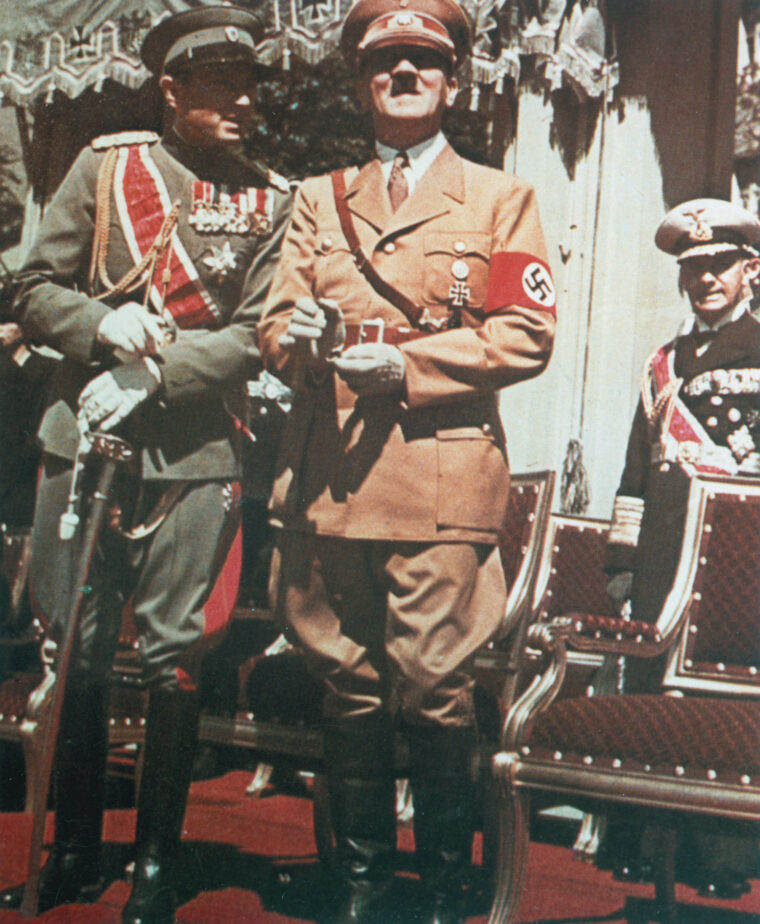
A Studious and Cultured Prince
That was not how the 1941 edition of Current Biography saw him, however. “[There are] certain rumors as to Paul’s own attachment to the Crown…. The unfortunate Prince Paul is tall and good-looking, with a ‘lofty forehead’ and a ‘self-willed chin.’ He loves books, music, pictures (he collects paintings), and the life of a country gentleman, but apparently has a taste for authority and pomp and ceremony as well. His French and English are perfect. His one son was born in 1924. He is the founder of Prince Paul’s Museum, a President of the Red Cross, and a General in the Royal Yugoslav Horse Guards.”
The regent’s mother was Russian, of the Royal House of Demidov, and his cousin was Crown Prince of Serbia. Prince Paul was educated in both Switzerland and Belgrade, and in 1910 went to study philosophy and literature at Oxford University in London. His studies were four times interrupted, however, by the trio of Balkan wars prior to World War I and then by the Great War itself. In each case he returned home to take up his duties as a commissioned officer in the Royal Serbian Army. In the case of the Great War of 1914-1918, the prince and his country fought at the side of the Western Allies against the Central Powers of Imperial Germany, Austria-Hungary, and Turkey. As a Slav, the prince naturally also felt an affinity for Serbia’s Slavic big brother, Imperial Russia.
Following his service in these wars, the prince returned to England and Oxford, finally receiving his university degree there in 1921. Because of his long and frequent stays in the United Kingdom, however, his people considered him to be too English in both clothing and outlook, particularly after he built his famous home several miles south of Belgrade, the so-called White Palace. Today it is the reception hall of the Federal Republic of Yugoslavia, designed, ironically, by the regent himself. It received its name due to the snow-white marble used in its construction.
Sedatives Calmed the Nervous Prince
It was from the White Palace that the prince enjoyed his travels abroad, collected his paintings, and amassed a collection of rare, leather-bound books that can still be found on the shelves of the White Palace today. Then came the murder of the monarch, and Paul was named first regent as the most competent male to run the government until Crown Prince Peter came of age, seven years distant.
Prior to becoming an unwilling first regent, Paul had been the king’s viceroy of Croatia. Nervous and taking sedatives during the initial year of his regency, Paul conferred “scrupulously” with Croatian leaders and convinced his own premier to let some of their leaders out of jail. Noted Current Biography, “He made himself easily accessible, and people weren’t afraid to tell him the truth.”
This first phase of Paul’s rule was to prove fleeting, however, as his consort, Princess Olga of Greece, a niece of Tsar Nicholas II of Russia and the sister of the British Duchess of Kent, became one of his closest advisers. As White Palace wags had it at the time, “The Duchess of Kent brought Balkan fashions to London, and Princess Olga brought Hitler’s emissaries to the White Palace.” Both statements were true, and after secret, behind-the-scenes meetings with the German Nazis, the regent fired his prime minister and foreign minister, Milan Stoyadinovich, who had first been appointed by him in June 1935.
An Economic Alliance with Hitler
Paul had been neither a democrat nor a liberal, with a typical Yugoslavian election being one in which the opposition party got the votes while the government nevertheless retained the seats in the parliament. Meanwhile, although a Slav at heart, the regent had no love for Soviet-style Bolshevism which, after all, had slain his wife’s uncle and entire family in 1918, and he also loathed the French Popular Front Socialist governments of the era.
Hitler had been appointed to office in 1933 as Reich Chancellor, and his Nazi Germany was an excellent potential customer for exported Yugoslavian grain, as well as minerals. These economic contacts were solidified as the Third Reich became a major economic factor in Belgrade’s political outlook by the time of the June 1939 state visit. In March 1938, moreover, the Reich had become Yugoslavia’s neighbor as well, and Hitler and his foreign minister, Joachim von Ribbentrop, began pressing hard for a military alliance.
The regent had fired Stoyadinovich over his pro-Axis stance, and continued to maintain his open-door policy toward the West. Germany and Italy were on his doorstep, however, and thus the only effective help that the Allies could offer him and his country was by way of British Royal Navy operations, in both the Adriatic and the Mediterannean Seas. If the British could cancel out Mussolini’s Regia Marina (Royal Navy) there, the regent could see his way to aiding their cause in the final analysis.
That was as a last resort, however. Paul much preferred remaining neutral altogether. For this and other reasons, he continued to vaccilate between the two sides. In March 1937, Yugoslavia signed a treaty of friendship with Italy, and in January 1939, that nation’s foreign minister, Count Galeazzo Ciano, paid a courtesy call to Belgrade.
Prince Paul’s Neutrality Infuriates Hitler
When Italy invaded Albania in April, the regent’s military chiefs saw the presence of the Italian Army and Fascist Militia there as a direct threat to both Macedonia and the sacred city of Kosovo. Until then, Paul had ordered a policy of strict neutrality, mainly because of French and British financial investments in the Yugoslavian economy. In May 1939, however, he made a two-faced visit to the Duce in Rome mainly to sound out Mussolini’s future designs.
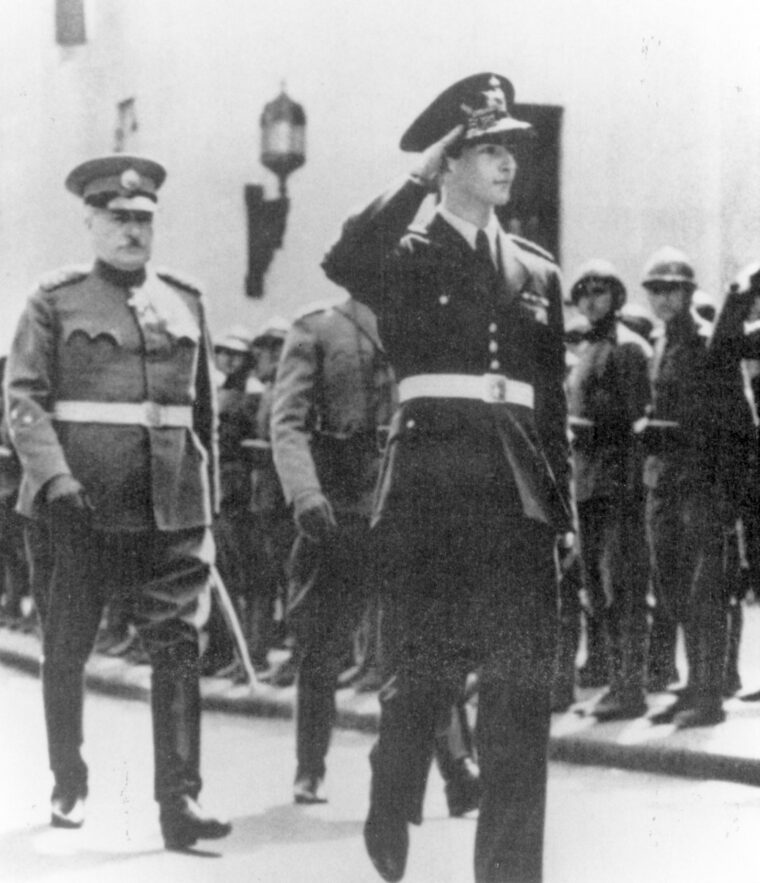
According to writer Dragoliub R. Zivojinovic in European Neutrals and Non-Belligerents During the Second World War, “Prince Paul was taking active steps towards securing Yugoslavia’s position in a future war. During his visit to Naples, he took the salute of the Yugoslav Navy training ship which had transported two-thirds of Yugoslavia’s gold reserves to Great Britain for safe keeping.”
During his visit to Berlin the following month, however, Paul bluntly told Hitler that his country would neither leave the League of Nations nor join Italy, Germany, and Japan in the Anti-Comintern Pact of 1937, which was directed against the Soviet Union. Hitler reportedly was furious with this independent attitude. In July, the regent made an emergency visit to London to shore up his relations with the British, and on August 23, 1939, the very day that the Nazi-Soviet Pact was signed in Moscow, his Serbs signed a similar friendship treaty with their traditional enemies, the Croats.
Bristling now with fury, Hitler told Count Ciano that Italy should annex both Dalmatia and Croatia outright, but the cautious Duce hesitated. The Führer invaded Poland on September 1, and Italy failed to honor its commitment to Nazi Germany as stated in the Pact of Steel of May 22, 1939. On September 3, both England and France declared war on Germany, while two days later Yugoslavia proclaimed its official neutrality at last.
The Young Reagent Faces Off Against Dictators… Alone
Belgrade was shocked at Poland’s invasion, did not trust Mussolini, and began to rearm in case it came to a fight with Hitler. Indeed, the invasion of Poland unified Yugoslavia against the Third Reich; secretly, Paul began urging the Allies to consider a landing in force at the port of Salonika. Soon after, the Germans actually discovered this overture. After the fall of France in June 1940, Italian Marshal Rudolfo Graziani dissuaded the Duce from attacking Prince Paul, while the new British Prime Minister, Winston Churchill, refused to go to war to aid Yugoslavia.
Thus, the regent was once more being asked to stave off both dictators alone, without any outside help. For its part, Italy entered the war at Hitler’s side on June 10, 1940, and the Axis partners became more bullish in their demands for Yugoslav economic resources to aid their war effort.
By now completely desperate and casting about for aid in any direction, in July 1940 the regent did the unthinkable and established diplomatic relations with the Soviet Union of dictator Josef Stalin. On October 15, 1940, Mussolini decided to invade Yugoslavia’s neighbor Greece, and this luckless operation commenced on the 28th, much to Hitler’s consternation.
The regent’s army chief, General Milan Nedic, wanted him to join the Axis at this point, but instead the general’s own resignation was asked for on November 2, 1940. Salonika was bombed by the Italians, and both Romania and Hungary joined the Tripartite Pact on November 23.
Hitler invited Paul to do the same, but the regent knew that his populace remained overwhelmingly anti-German and pro-British. Nevertheless, on December 13, Yugoslavia signed a pact with Hungary’s regent, Admiral Nicholas Horthy, but this still was not good enough for the Germans. The regent was now fully isolated from help from both Great Britain and the Soviet Union. But the United States, his former ally, and Turkey, his former enemy, urged him to remain neutral.
A Secret Meeting with Hitler
On January 23, 1941, General William J. Donovan of the U.S. Office of Strategic Services came to Belgrade personally to urge this as well, and Prince Paul promised neither to join the Tripartite Pact nor to allow the transit of German forces across his country. Nonetheless, on March 4, 1941, the prince made a secret trip to Hitler’s Bavarian mountain chalet, the Berghof, where Yugoslavia’s entrance into the war on Germany’s side was once more bandied about.
Meanwhile, Hitler was planning to invade Greece in Operation Marita, and in Belgrade on March 20 Paul’s Crown Council gave him permission to join Hitler’s satellites in the continuing war against the British. On the 25th, at the Belvedere Palace in Vienna, this pact was signed, and the news hit Belgrade like a political bombshell. The Army’s officer corps rose up in revolt two days later and overthrew the hapless regent, who was given four hours to leave the country with his family.
No Rest for Yugoslavia
King Peter II acceded to the throne but was forced to flee a month later when Germany invaded both Greece and Yugoslavia. Hitler was venting his fury over his negated pact with the regent, who initially fled to Greece, then was a prisoner of the British under house arrest in Nairobi, Kenya. The monarchy was abolished in 1946 under the new regime of the Communist Marshal Josip Broz Tito.
Paul died at age 93 in the American Hospital in Paris on September 14, 1976. His daughter, Princess Elizabeth of Yugoslavia, visited the White Palace for the first time in 50 years two decades later, in 1996.
The Balkans remains a region of unrest.
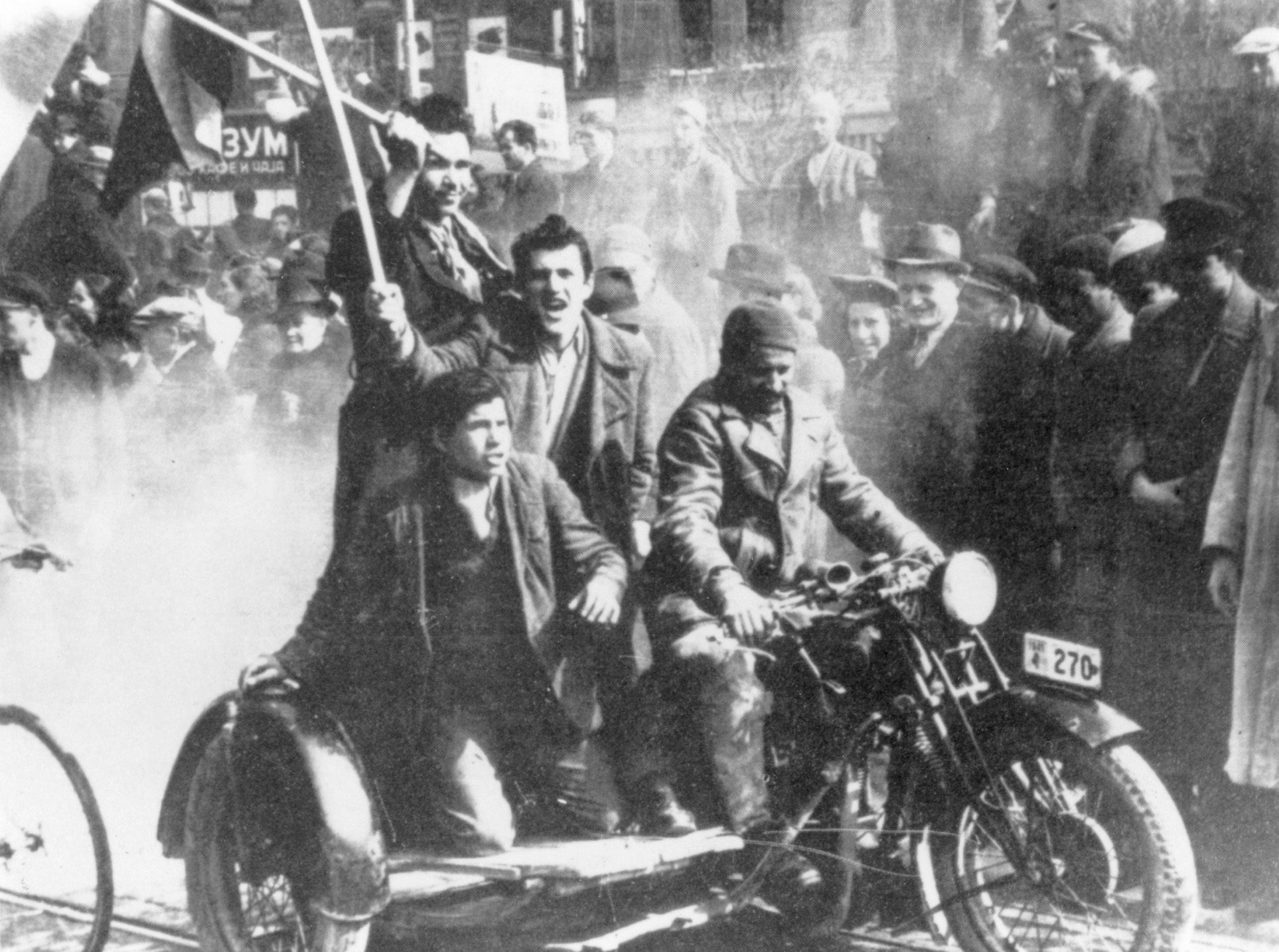
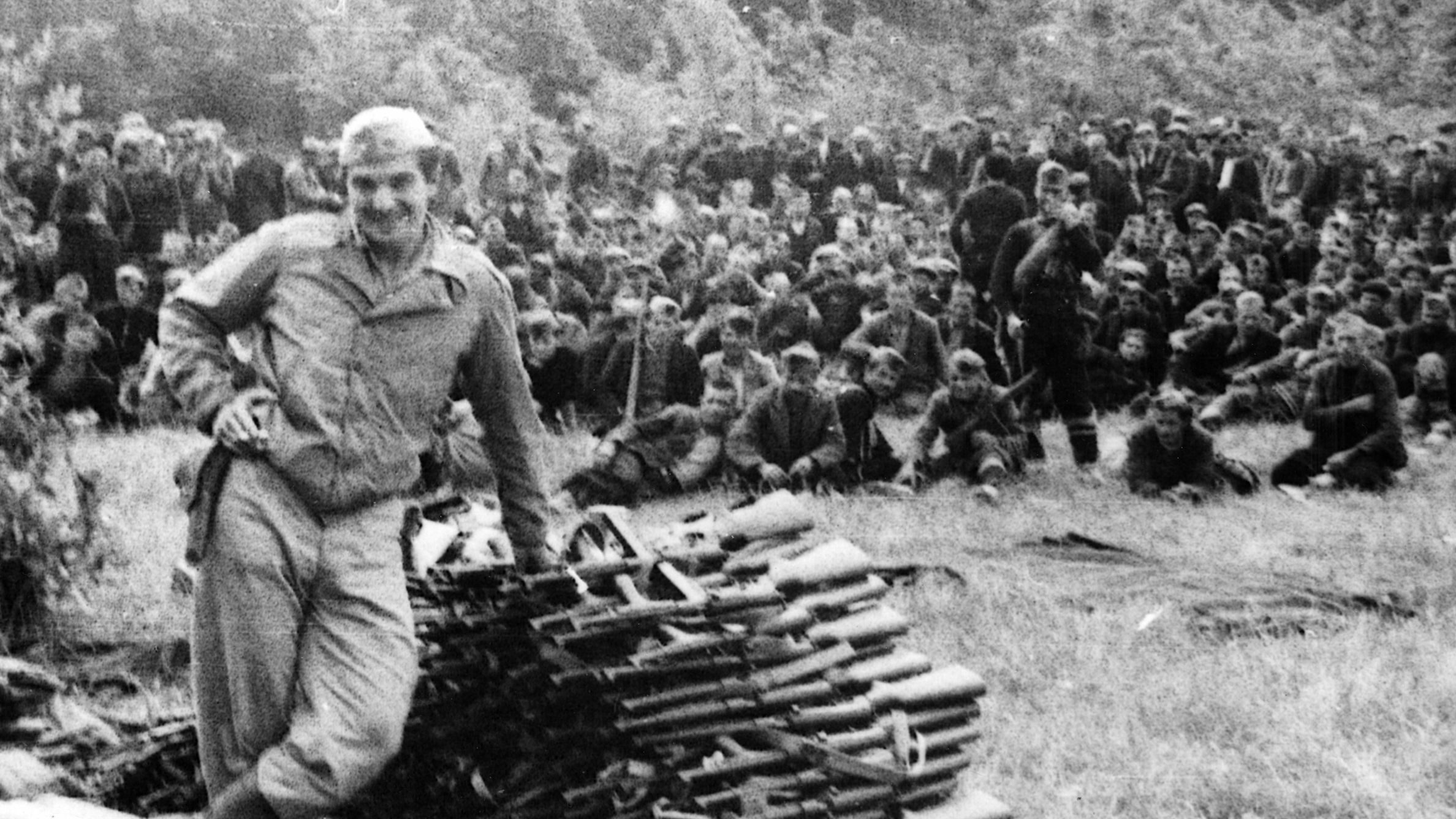
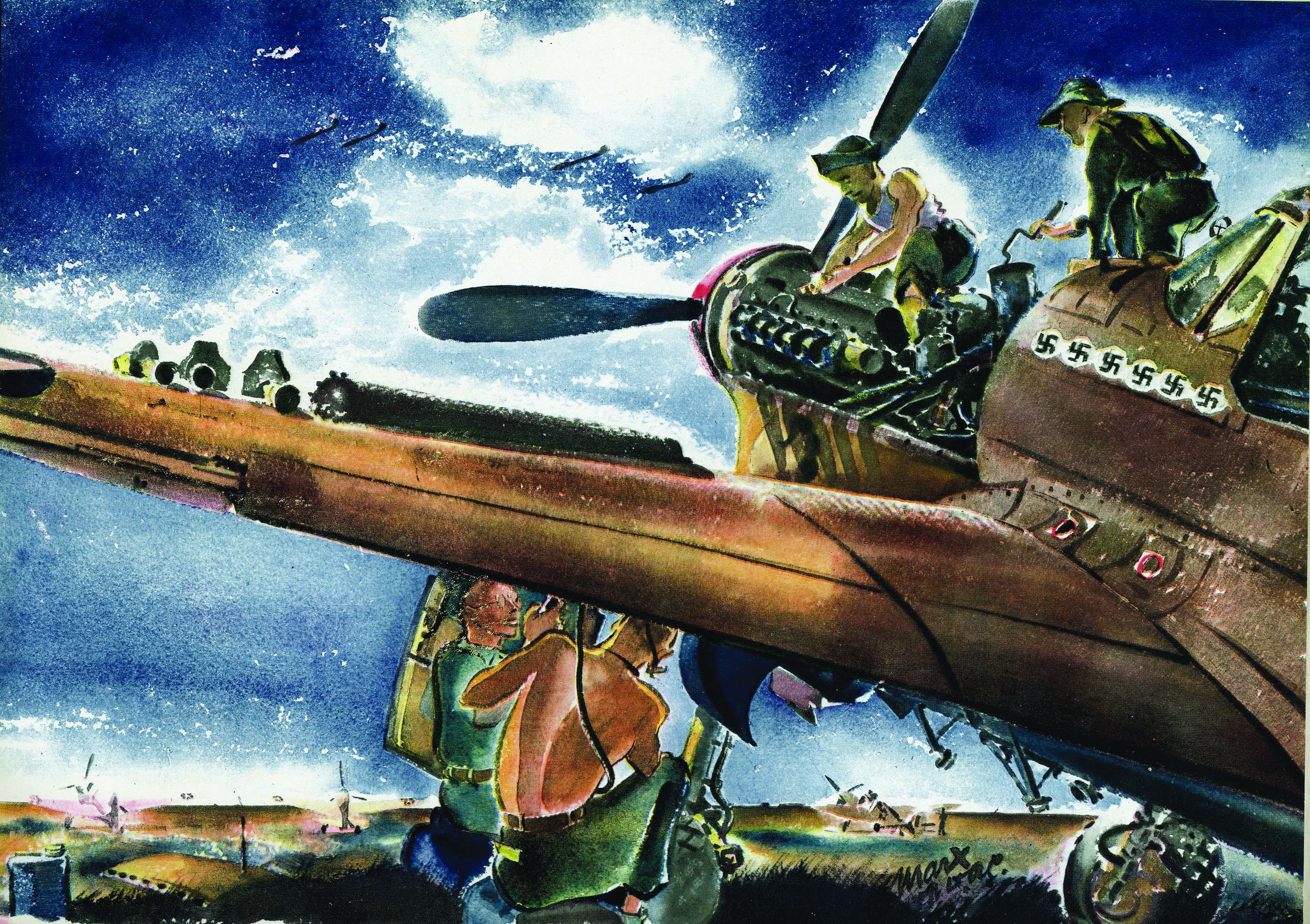
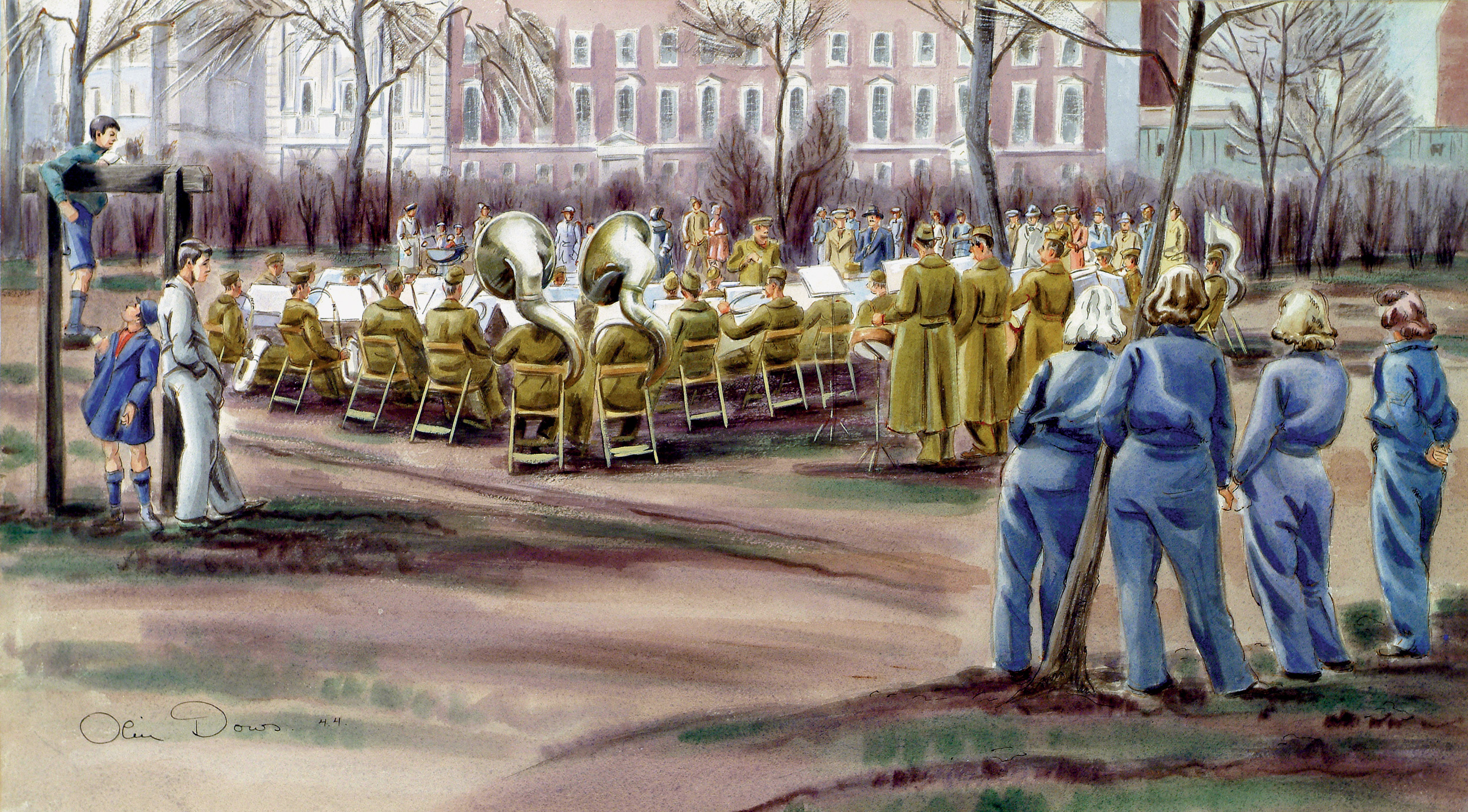
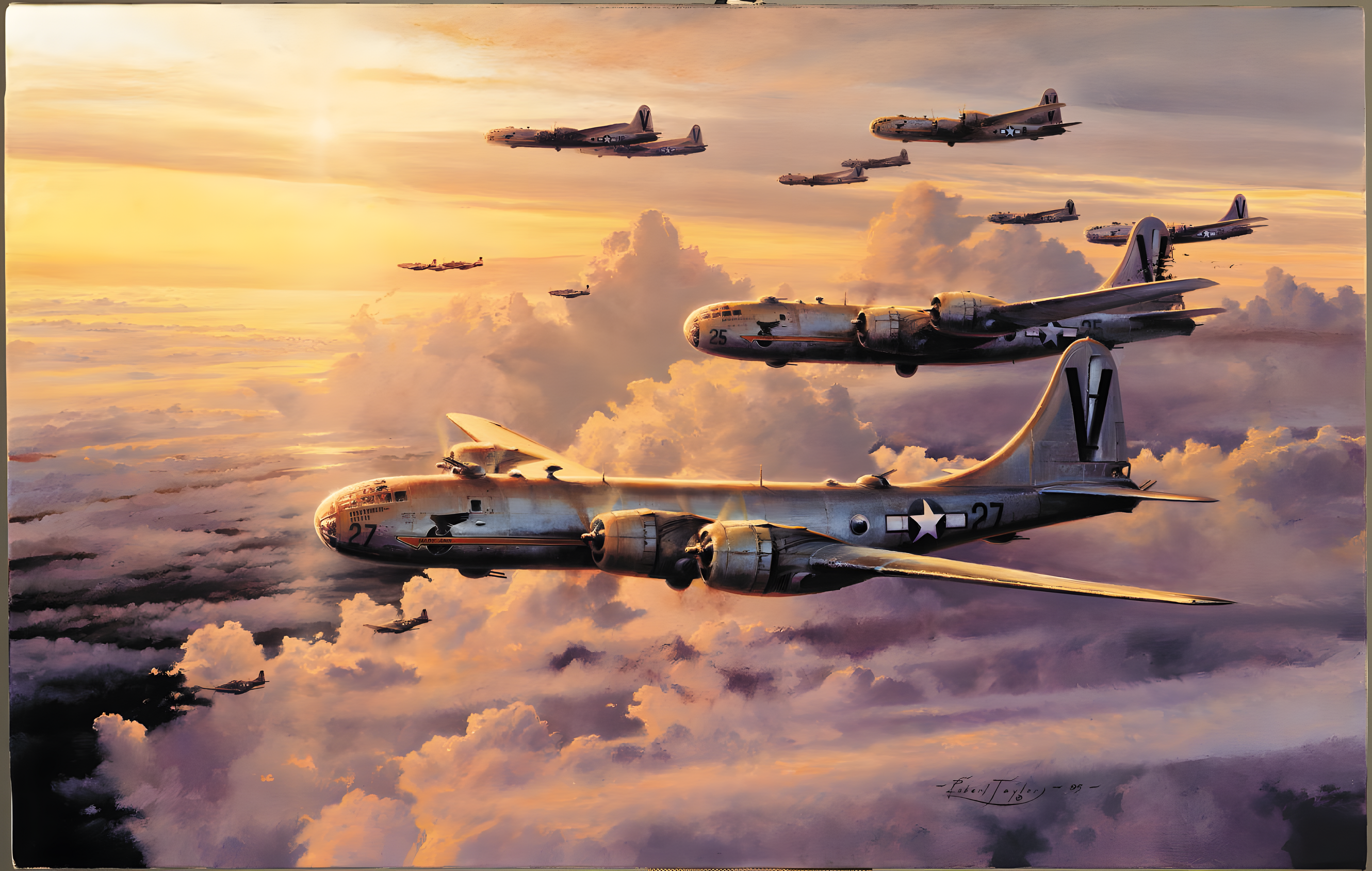
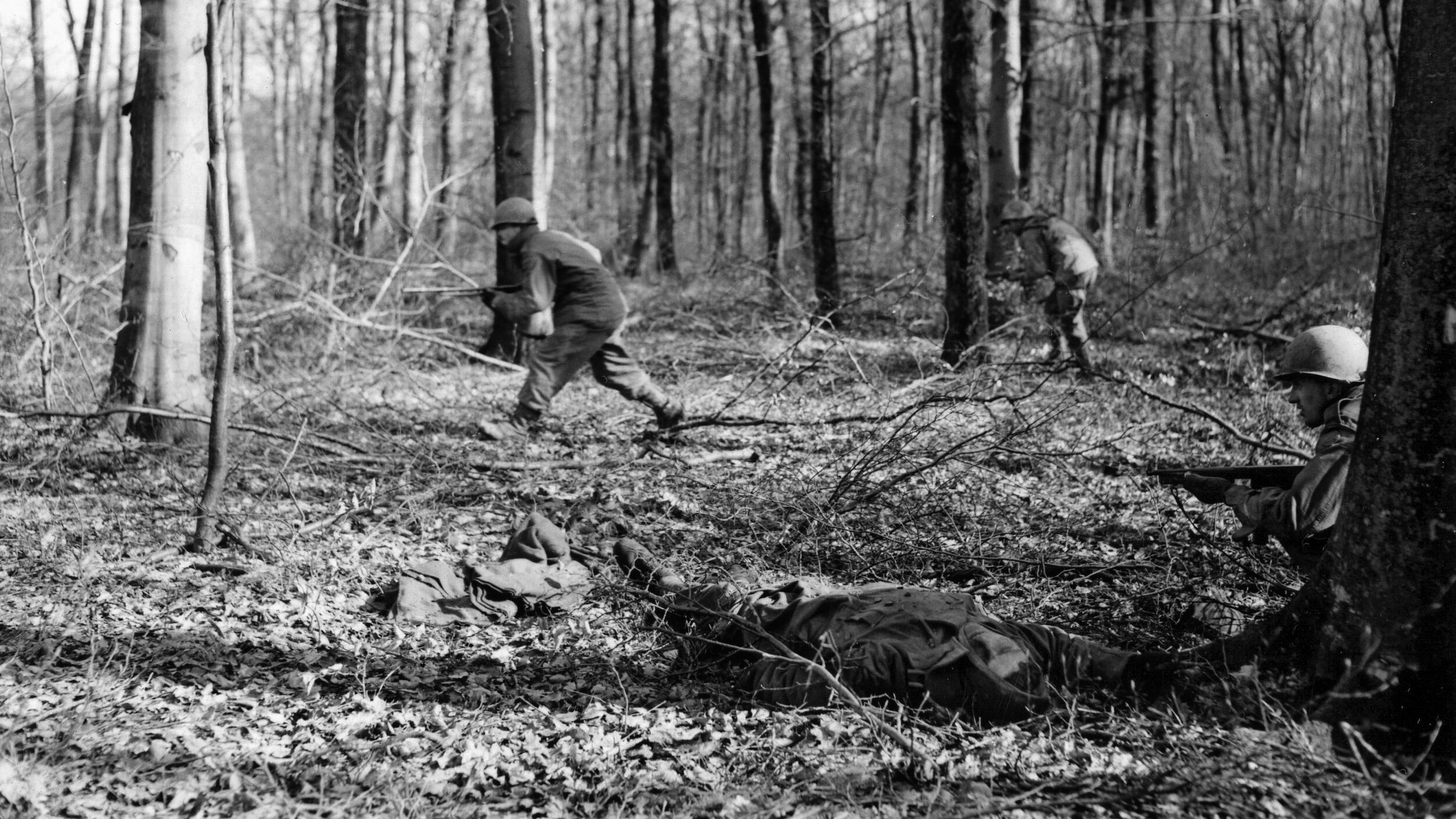
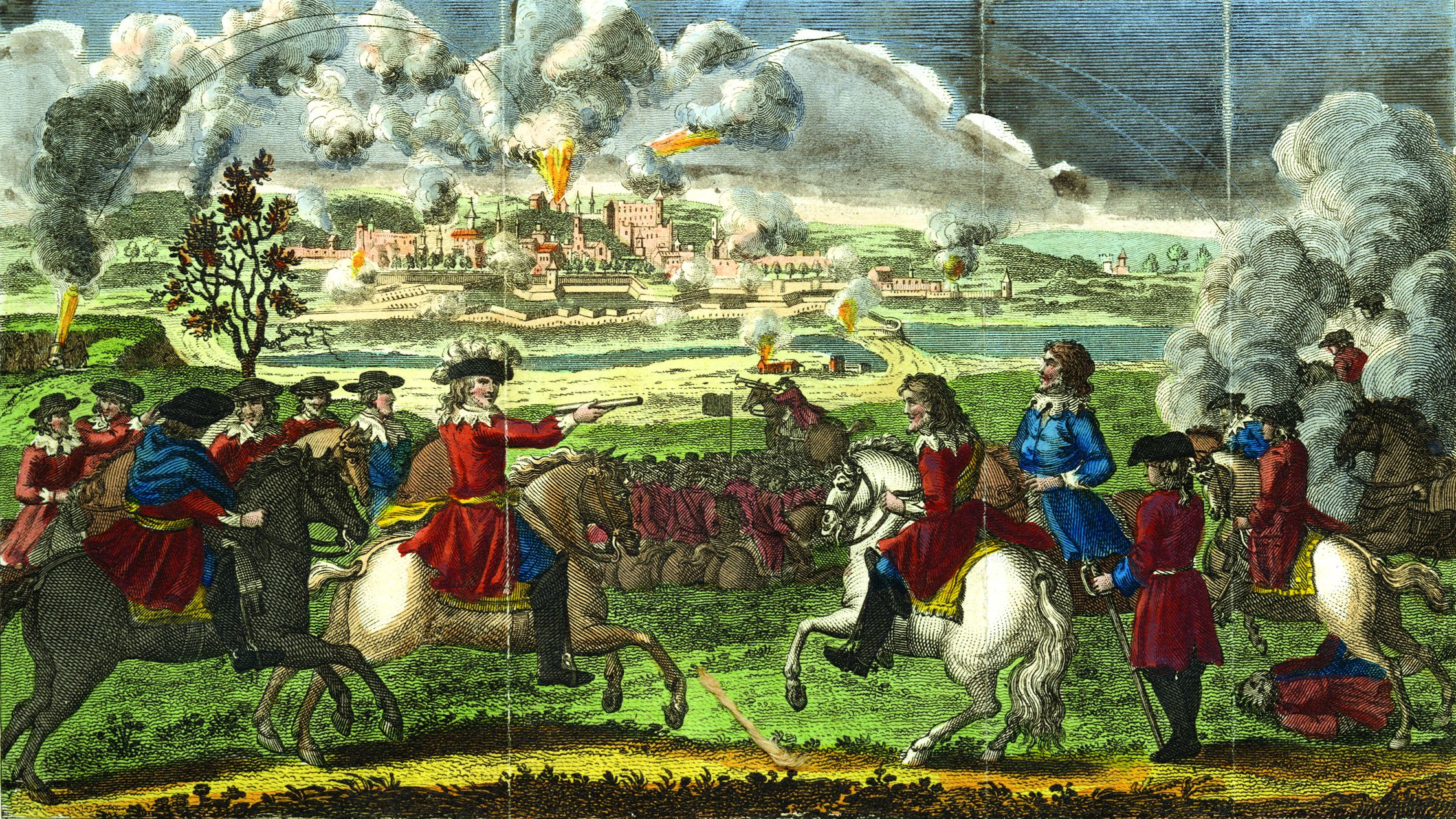
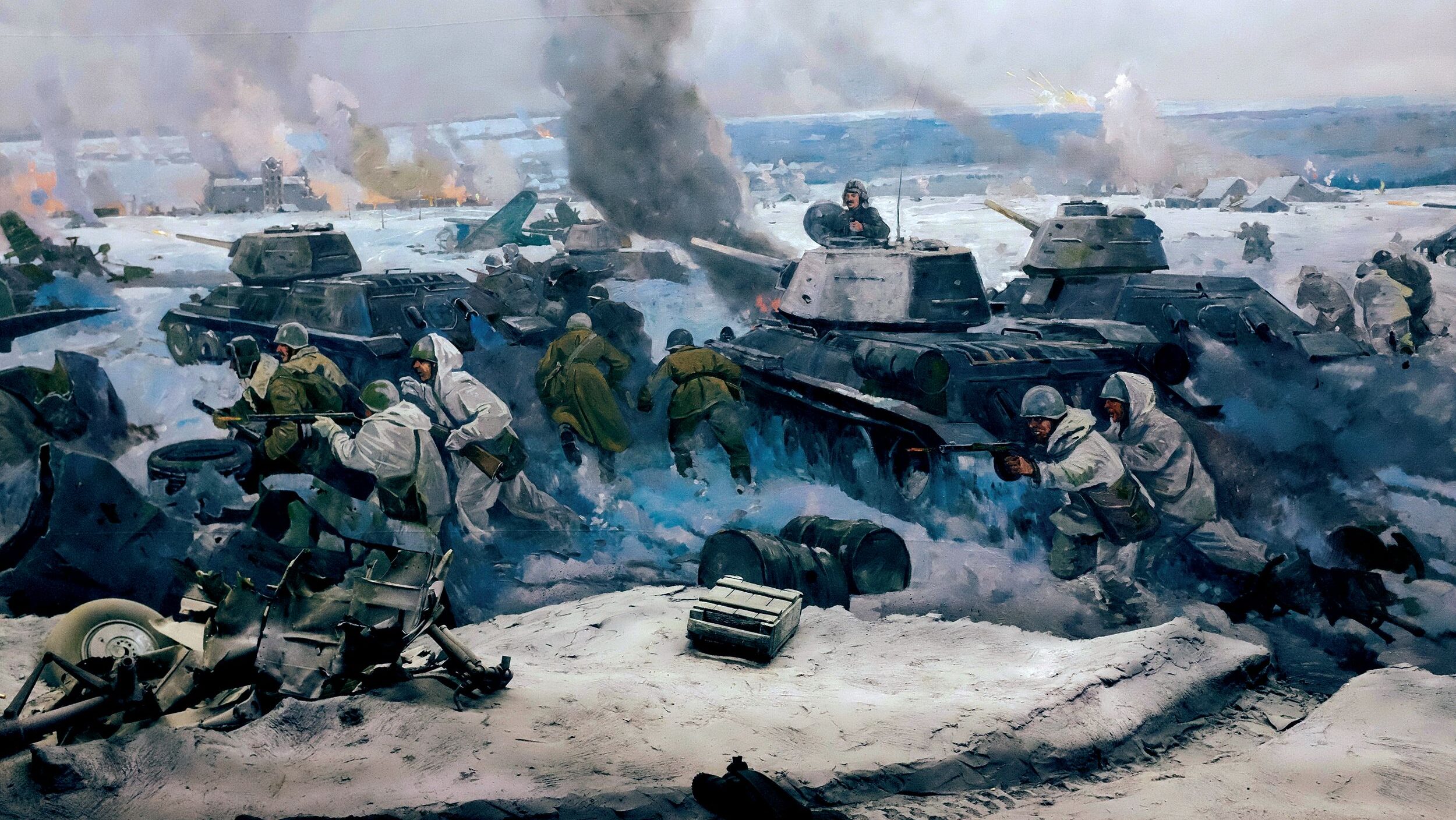
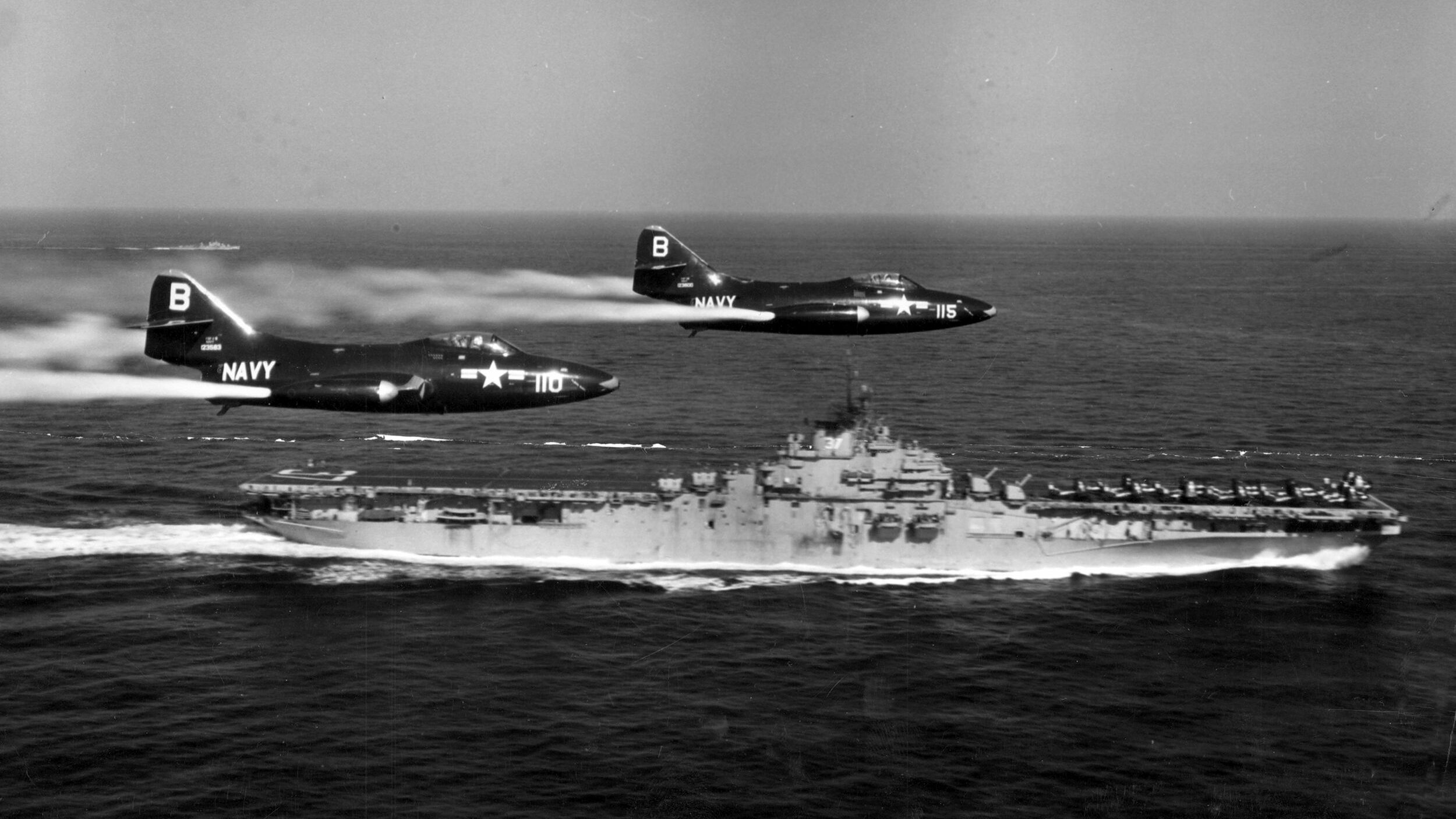
Join The Conversation
Comments
View All Comments